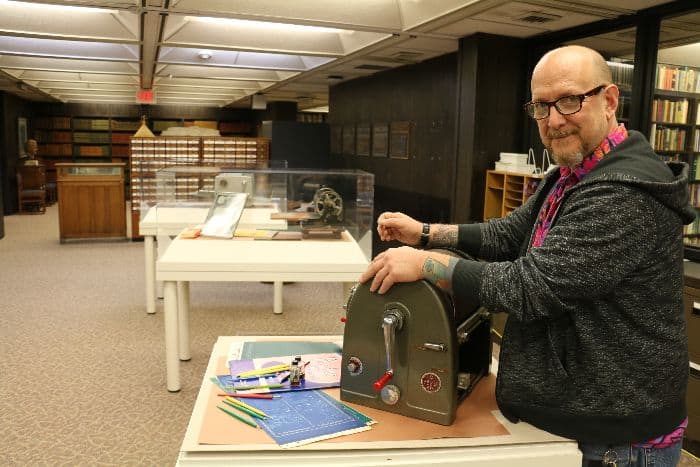The following was written by Olson Graduate Assistant Rich Dana, and curator of the Spirit Duplicators exhibit in Special Collections & Archives reading room During my three and a half years at Special Collections, I have worked with an amazing range of materials, but my major projects have focused on first, the James L. “Rusty”Continue reading “Spirit Duplicators: Early 20th Century Copier Art, Fanzines, and the Mimeograph Revolution”
